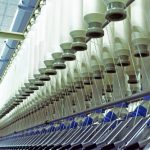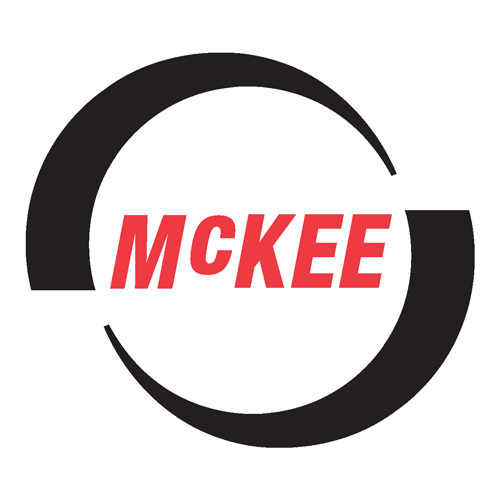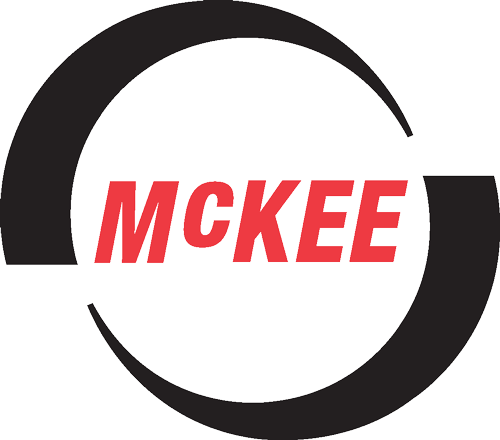Essential Equipment and Machinery in a Modern Cotton Mill
January 5, 2024 8:55 pm Leave your thoughts Cotton mills have been a crucial part of the textile industry for centuries, and advancements in technology have transformed them into highly efficient and automated facilities. Modern cotton mills utilize a wide range of equipment and machinery to process raw cotton into finished textiles. In this blog post, we will explore some essential equipment and machinery found in a modern cotton mill.
Cotton mills have been a crucial part of the textile industry for centuries, and advancements in technology have transformed them into highly efficient and automated facilities. Modern cotton mills utilize a wide range of equipment and machinery to process raw cotton into finished textiles. In this blog post, we will explore some essential equipment and machinery found in a modern cotton mill.
1. Bale Opener:
The first step in the cotton mill process is to open the bales of raw cotton. A bale opener machine is used to break open the tightly compressed bales and loosen the cotton fibers. This equipment plays a crucial role in ensuring a consistent feed of cotton into the subsequent processing stages.
2. Blow Room:
After the bales are opened, the cotton goes through a blow room process. The blow room machinery includes a series of machines that remove impurities, such as trash, dust, and foreign matter, from the cotton fibers. Machines like cotton cleaners, beaters, and condensers work together to clean and prepare the cotton before further processing.
3. Carding Machine:
The carding machine is a critical piece of equipment in a cotton mill. It processes the loose cotton fibers from the blow room and aligns them in a parallel manner. The carding machine removes remaining impurities, straightens the fibers, and forms a thin web of cotton called a card sliver. This process prepares the cotton for the subsequent stages of spinning and weaving.
4. Drawing Frame:
The drawing frame is responsible for further aligning and elongating the card sliver. It combines multiple card slivers and draws them out to reduce thickness, increase evenness, and improve fiber alignment. This machine helps create a more uniform and consistent product, which is essential for high-quality textiles.
5. Roving Frame:
The roving frame takes the drawn slivers and further elongates and twists them to form rovings. Rovings are long, thin strands of cotton fibers that are ready to be transformed into yarn. The roving frame ensures the proper twisting and tension of the fibers, leading to strong and durable yarn.
6. Spinning Frame:
The spinning frame is where the rovings are spun into yarn. This machine twists the roving further, adding strength and stability to the yarn. The spinning frame produces a range of yarn types, including coarse, medium, and fine counts, depending on the requirements of the final textile product.
7. Winding Machine:
After the yarn is spun, it needs to be wound onto bobbins or cones for storage and transport. The winding machine winds the yarn onto these packages, ensuring proper tension and even winding. This equipment plays a crucial role in preparing the yarn for the subsequent weaving or knitting processes.
8. Reeling Machine:
In addition to winding the yarn onto bobbins or cones, some cotton mills utilize reeling machines. Reeling machines wind the yarn onto larger spools called reels, which are then used for dyeing or direct fabric production. Reeling ensures that the yarn is wound in an organized and consistent manner, facilitating efficient dyeing and weaving processes.
9. Weaving Looms:
Once the yarn is prepared, it is ready to be woven into fabric. Weaving looms are the primary machines used for this process. Modern cotton mills employ various types of looms, including shuttleless looms, rapier looms, and airjet looms. These advanced machines weave the yarns together to form the desired fabric structure.
10. Fabric Inspection and Finishing Machines:
After the fabric is woven, it goes through inspection and finishing processes. Advanced fabric inspection machines are used to detect any flaws or imperfections in the fabric, ensuring that only high-quality products reach the market. Finishing machines, such as stenter frames and calendar machines, add various finishes to the fabric, such as dyeing, printing, and applying special coatings.
Summary
Modern cotton mills rely on a wide range of equipment and machinery to process raw cotton into finished textiles. The bale opener, blow room machines, carding machine, drawing frame, roving frame, spinning frame, winding machine, reeling machine, weaving looms, and fabric inspection and finishing machines are essential components of a modern cotton mill. Each machine plays a crucial role in preparing and transforming raw cotton into high-quality yarn and fabric. By utilizing advanced technology and automation, cotton mills can operate efficiently and produce textiles that meet the demands of the modern textile industry.
Need Cotton Mill & Cotton Gin Components in Lubbock, TX?
Welcome to M.B. McKee Company, Inc. M.B. McKee Company, Inc. has been serving our local community of Lubbock since 1943. Locally owned and family operated, we provide great customer service and solutions for ongoing issues. With over 70 years of experience, our products, services, and engineering will always exceed your expectations. Our products include bearings, belts, chains, conveyor systems, gearing, lifts, motors, drives, product separation, tools, valves, and fittings. Our engineering division also provides general formulas, NEMA motor frames, elevator legs, screw and belt conveyors, lift charts, components from Baldor and Flexco, and various interchangeable parts. Contact us today to learn more about what we can do for you!
Categorised in: Cotton Mill Components
This post was written by admin

